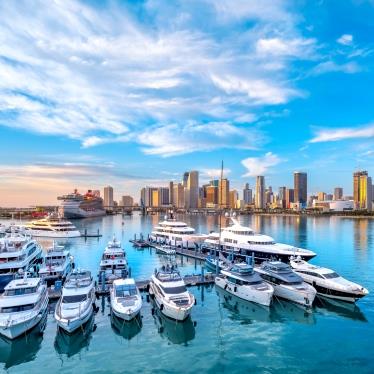
Global trade is undergoing a significant transformation as new maritime routes gain prominence. The Arctic Sea Route has emerged as a potential logistical pathway due to the melting ice caps caused by global warming. This route offers a shorter and faster alternative to traditional maritime routes but comes with significant environmental and logistical challenges.
What is the Arctic Sea Route?
- The Arctic Sea Route facilitates transportation between Asia, Europe, and North America. Stretching along the Siberian coast, this route becomes more navigable, especially during the summer months as ice melts. Compared to traditional routes such as the Suez Canal or Panama Canal, it offers significantly shorter distances.
- Northern Sea Route (NSR): Extending along Russia’s northern coast, this route accelerates trade between Europe and Asia.
- Northwest Passage: Traversing northern Canada, it connects the Atlantic and Pacific Oceans directly.
Advantages of the Arctic Sea Route
- Shorter Travel Time : The Arctic routes reduce travel times by up to 30% compared to traditional routes. This leads to lower shipping costs and reduced fuel consumption, offering significant advantages to logistics companies.
- Reduced Fuel Consumption : Shorter routes result in lower fuel usage, reducing costs and environmental impact.
- New Trade Opportunities : The proximity of the Arctic region to energy resources and minerals enhances its strategic importance. Access to resources like oil and natural gas has the potential to boost trade volumes.
- Increased Trade Volume :The growing trade between China and Europe emphasizes the importance of this route. Initiatives like the Polar Silk Road could make the Arctic a critical logistics hub in the future.
Challenges of the Arctic Sea Route
- Environmental Concerns : The Arctic region hosts a fragile ecosystem. Carbon emissions from ships could accelerate ice melting and harm marine life. Additionally, potential accidents could cause significant environmental damage to the region.
- Harsh Weather Conditions : The Arctic is characterized by unpredictable temperatures and weather. Factors like dense fog, icebergs, and fluctuating winds make navigation highly risky.
- Limited Infrastructure : The Arctic region lacks sufficient ports, emergency equipment, and logistical support infrastructure, posing operational challenges for shipping.
- High Insurance Costs : Due to the risks involved, insurance costs for navigating the Arctic are significantly higher than for other routes, further increasing shipping expenses.
Technological Solutions for the Arctic Sea Route
New technologies in maritime shipping are enhancing the potential of Arctic routes:
- Ice-Class Ships: Reinforced hulls enable safe travel in icy waters.
- Satellite-Based Navigation: Provides real-time updates on ice formations and weather conditions.
- Autonomous Ships: Ensure safer and more efficient operations in challenging environments like the Arctic.
The Future of the Arctic Sea Route
While the Arctic Sea Route holds great potential for global trade, its full development requires infrastructure investments, international cooperation, and environmental regulations. Countries like Russia and China are heavily investing in the development of this route, while Europe and the U.S. are also considering the strategic advantages it offers.
- Focus on Sustainability: Arctic trade must minimize its environmental impact, leveraging renewable energy technologies.
- International Collaboration: Greater cooperation among nations is needed to address territorial claims and regulatory frameworks for the Arctic region.
The Arctic Sea Route has the potential to revolutionize logistics. Its shorter travel times, reduced fuel consumption, and new trade opportunities make it an attractive prospect. However, environmental risks and infrastructure limitations present critical challenges that need to be addressed for its full potential to be realized. In the future, the Arctic Sea Route is expected to become an integral part of global trade.


